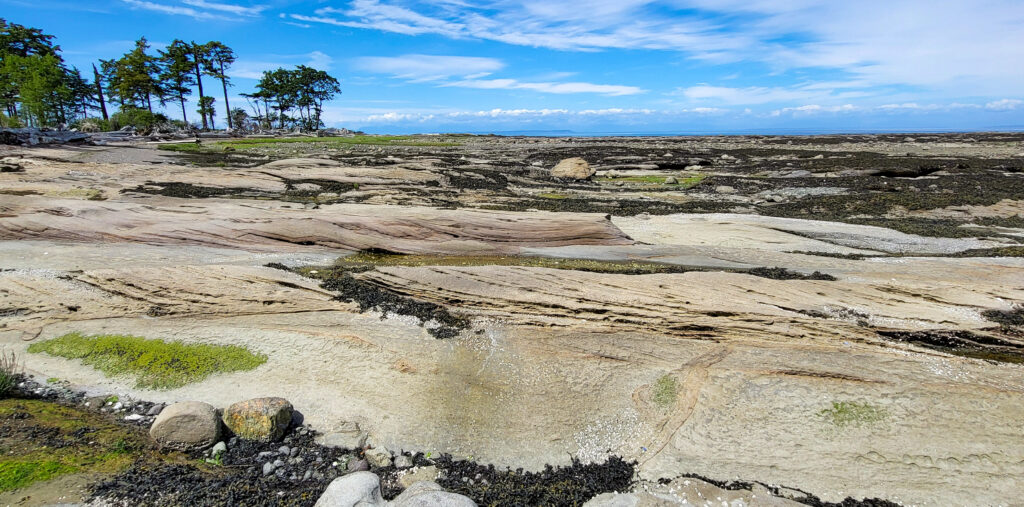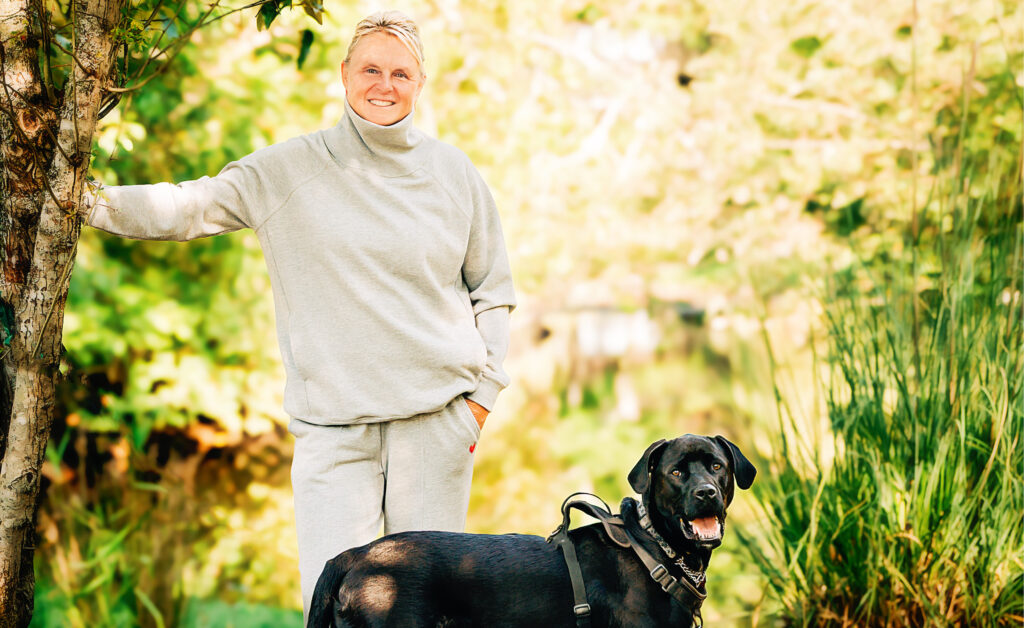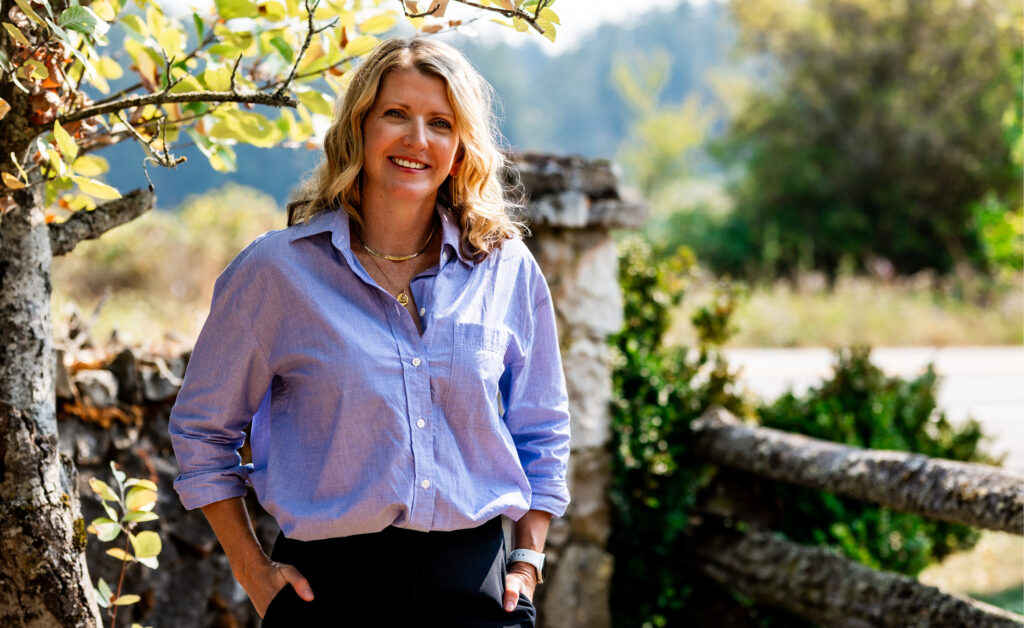story and photos by Tina Kelly –
This is a love letter to the Gulf Islands National Park Reserve. Our closest national park is a gem, or rather many gems.
The last time my feet were firmly planted in the Park Reserve was early June. Both my knees and gumboot-clad feet were planted on Cabbage Island, one of the smaller islands in the Park Reserve. I was assisting the Park Reserve’s Sea Garden Team survey for clams. Spoiler alert: the Island is beautiful.
Parks Canada’s mandate is to protect and present nationally significant examples of Canada’s natural and cultural heritage, and foster public understanding, appreciation and enjoyment in ways that ensure ecological and commemorative integrity of these places for present and future generations.
Gulf Islands National Park Reserve is a unique National Park: it is not one location, it’s many. The Park Reserve is scattered across 15 islands and numerous islets in the Southern Strait of Georgia. Diverse ecosystems are found within the park – lakes, wetlands, streams, Garry oak woodlands, Douglas fir forests, shoreline and subtidal.
During the last 15 years, I’ve had the pleasure of exploring more than a dozen sites in the Park Reserve. I’ve taken in camping, special events, volunteer opportunities and visited on behalf of work to teach young summer campers. With these experiences I’ve had the pleasure of exploring Russell, Prevost, Saturna, Pender, Portland and Sidney* Islands.
The Sea Garden Team is not the only group conducting research or surveys in the Park Reserve. Another team overseas ecological integrity. Among the species and ecosystems being monitored are songbirds, barn swallows, black oystercatchers and eelgrass.
The Park Reserve is home to species at risk, rare species and sensitive ecosystems. Invasive species crowd out native species and have a huge negative impact. Park staff regularly remove invasive plant species and augment habitats with native plants. A notable success story is on Sidney Island where they restored a key portion of the coastal sand ecosystem. Parks staff are also monitoring for the invasive European green crab.
It’s not just the science and monitoring teams making an impact. Each and every Parks Reserve employee I have encountered has been keen to share their knowledge and acted as a positive ambassador for the park. Staff have taken time to talk to summer camp kids about invasive species removal, shown us where to find a sea garden, taken us to find a fossil and even explained the function of the composting toilets. Interpreters and staff at the operations centre can be included in the accolades.
The people, the nature and the conservation have taught me (and summer campers), inspired me and left me wanting more. I often arrive home from the Park Reserve with a stiff back, sore glutes, a titch of a sunburn and sand, well, everywhere but I’ll continue to visit. Because I love it.
Thanks to the Parks mandate and the people implementing it, the parks will be there for me to explore.
*Sidney Island ferry is seasonal. It runs until Labour Day.




